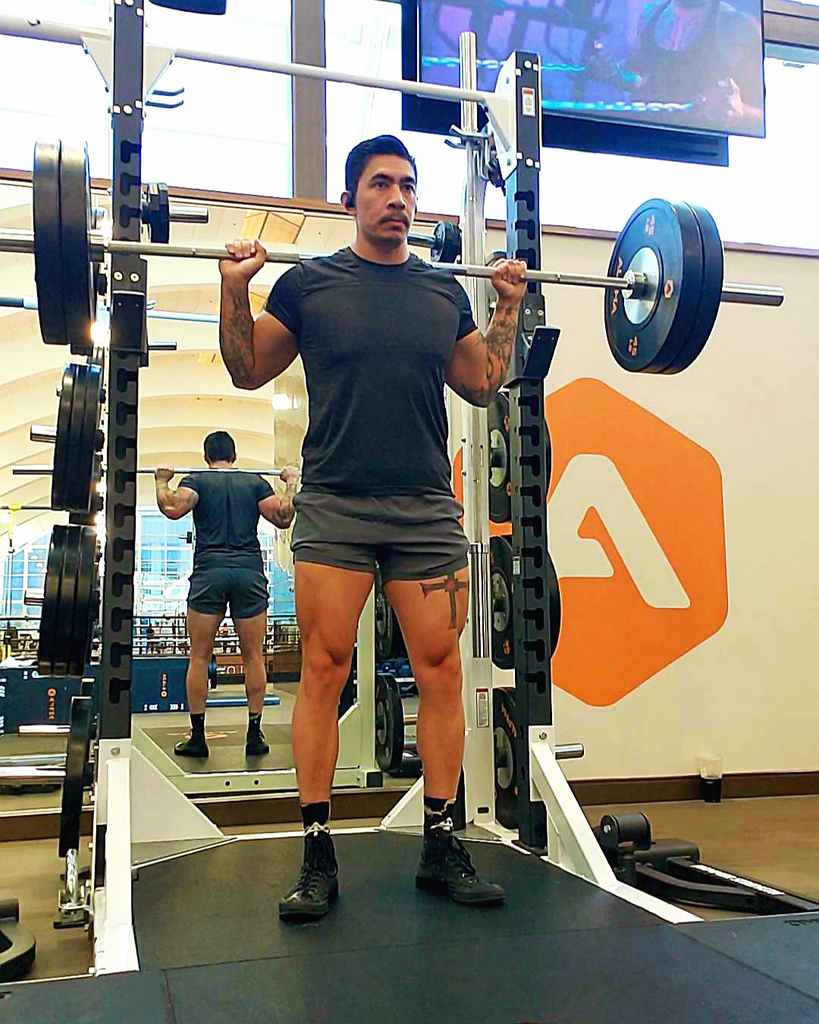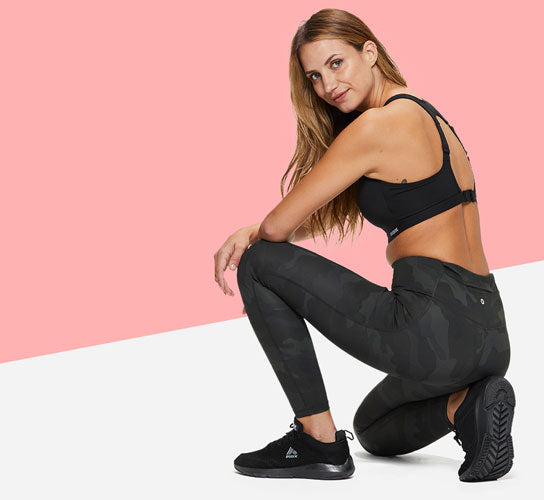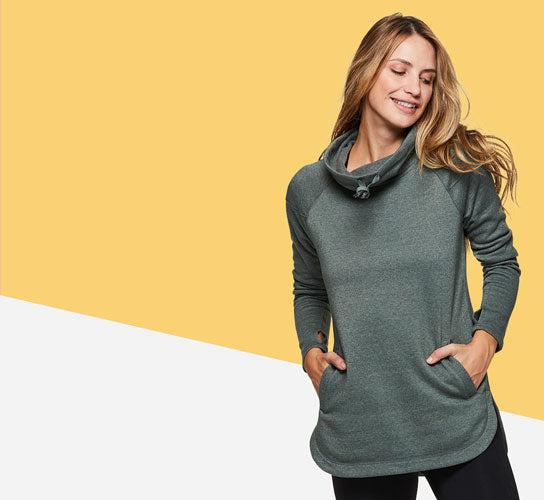
By Brian Pankau, Contributing Blogger
The way to improve your squats isn’t always simple, but that doesn’t mean it’s impossible either.
One or more factors could be the reason for poor squat mechanics, and narrowing them down is key to executing the squat better!
Are you leaning too far forward? Having trouble getting low enough? Or simply not engaging your glutes efficiently?
The tips below will assist with these issues and more when it comes to improving your squats!
Brace Your Core
One of the main reasons many perform squats improperly is from not bracing the core correctly. Bracing is when you take a controlled breath in contracting core muscles to stiffen your body.
“Stomach breathing” is how you will know if you’ve braced right. This is when you take a breath in and your stomach pushes out.
When you inhale and your chest expands fully, this means your core muscles are not tight. Having a noticeable “buttwink” during squats is another sign.
Fix this by practicing inhaling deeply and expanding your abdominal region.
A belt can help understand the feeling of abdominal pressure, but don’t use it in place of better breathing patterns.
Tighten Your Back
During resistance-based squats you’re holding the weight either in your hands or across your back.
Either method requires the use of your back muscles although your lower body is the primary area being targeted.
Tightening your back will help keep your core braced and prevent your shoulders from rolling forward making you slouch.
Slouching will cause excessive forward lean, unnecessary extra pressure on the knees, and can lead to low back pain.
You can engage your back while using dumbbells or kettlebells by keeping your chest out and shoulders back.
When using a barbell for squats simply pull down tight before going into the squat.
Push Through Your Whole Foot
Do your heels come up when trying to squat lower? It’s often coached to “stay on your heels”, but this can cause you to lean too far back a fall.
Instead, you want to push through your foot as a whole. Imagine all the movement is being performed through the center of your foot.
Toes and feels dug into the floor. This ensures full lower body activation and prevents leaning either way.
Heels Raised for Mobility
On the topic of squatting and ending up on your toes while you descend, you can correct this by placing something under your heels to raise them.
The most commonly used item is the 5lbs plate. You take a pair and place them on the floor where your squat stance would be.
Then stand on the plates with your heels and this will help improve your ankle mobility to squat lower.
Open Your Knees
In order to utilize your hips and glutes better, you need to open your knees as you descend into the squat.
You accomplish this by ensuring your toes are slightly angled out and not pointed forward.
Then as you go into the squat you push your knees open towards the direction of your toes. This will make your squats feel smoother and leg muscles get used better.
Leg Day Workout
A full leg day workout can focus on a variety of muscle groups in the lower body, or have more emphasis on areas such as quads, hamstrings, or your glutes.
The example leg workout below is for your legs as a whole. Remember to always use a lighter weight for new movements, and to be conservative with resistance the first day.





Superset:
An effective leg day workout can have many variations, but one such as this is highly effective.
You start with a moderately heavy compound movement such as barbell squats (or can use the trap bar also).
Next, you perform exercises that isolate muscle regions, and also 1-2 focusing on single leg movements.
Then to end with is a superset mixing isolation with strength-based cardio.
Have fun and give this workout a try now that you understand how to improve your squats!


